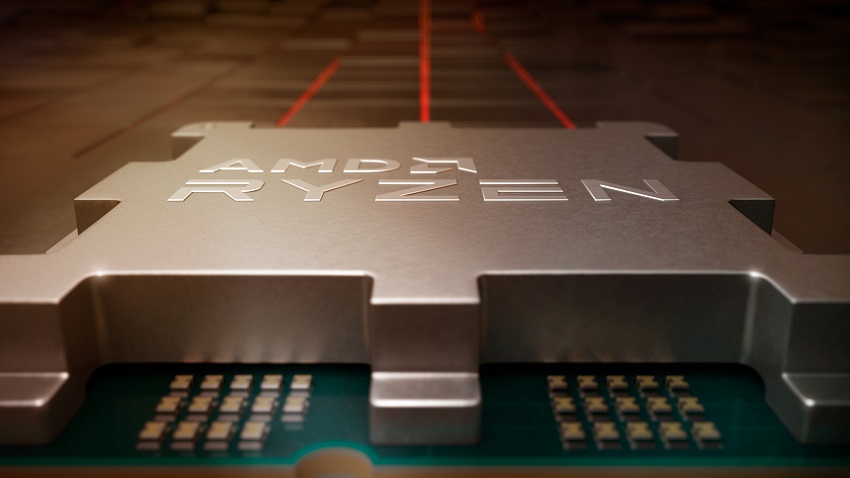The FCLK (Fabric Clock) frequency is an important aspect of DDR5 (Double Data Rate 5) memory technology. In this article, we will delve into the details of FCLK frequency for DDR5, its significance, and how it affects the overall performance of a system. So, let’s dive right in!
Understanding DDR5 and FCLK Frequency
DDR5 is the latest generation of double data rate synchronous dynamic random-access memory (SDRAM) technology. It offers significant improvements over its predecessor, DDR4, including higher bandwidth, increased capacity, and improved power efficiency.
The FCLK frequency, on the other hand, refers to the clock speed at which the memory controller communicates with the DDR5 memory modules. It plays a vital role in determining the overall data transfer rate and system performance. Explore the fclk frequency.
The Impact of FCLK Frequency on System Performance
The FCLK frequency has a direct impact on the overall performance of a system utilizing DDR5 memory. By increasing the FCLK frequency, the memory controller can achieve faster data transfer rates between the CPU and memory modules.
A higher FCLK frequency allows for shorter data transfer latencies, which translates to faster access to data stored in memory. This is particularly beneficial for memory-intensive tasks such as gaming, video editing, and complex simulations.
The Relationship between FCLK Frequency and Memory Timings
FCLK frequency and memory timings are interrelated and need to be properly optimized for optimal performance. Memory timings refer to the delay between different memory operations, such as reading, writing, and refreshing data.
When adjusting the FCLK frequency, it’s essential to ensure that the memory timings are appropriately set to maintain stability and avoid potential issues. Overclocking the FCLK frequency without adjusting the memory timings can lead to system instability or crashes.
Achieving Higher FCLK Frequency with DDR5
DDR5 memory modules offer higher maximum FCLK frequencies compared to DDR4, enabling faster data transfer rates. However, achieving these higher frequencies requires compatible hardware and proper configuration.
To achieve higher FCLK frequencies with DDR5, you need a compatible CPU and motherboard that support DDR5 technology. Additionally, it’s crucial to have a reliable power supply and efficient cooling solutions to ensure stable operation at increased frequencies.
Brands and Models Supporting DDR5 with High FCLK Frequencies
Several leading technology brands offer DDR5 memory modules and compatible CPUs designed to support high FCLK frequencies. These brands include but are not limited to:
- Intel Alder Lake: Intel’s 12th generation Alder Lake processors were anticipated to support DDR5 memory. These processors were expected to feature high FCLK frequencies to take advantage of the increased bandwidth and performance offered by DDR5.
- AMD Zen 4: AMD’s Zen 4 architecture, which was expected to succeed the Zen 3 architecture, was rumored to support DDR5 memory. Similar to Intel’s Alder Lake, the Zen 4 processors were likely to feature high FCLK frequencies to leverage the benefits of DDR5.
- Corsair Dominator Platinum RGB: Corsair, a well-known brand in the memory industry, had plans to release DDR5 memory modules. The Dominator Platinum RGB series was expected to offer high-frequency DDR5 modules compatible with platforms supporting DDR5 technology.
- G.Skill Trident Z: G.Skill was another renowned memory manufacturer that intended to offer DDR5 memory modules. The Trident Z series from G.Skill was expected to include high-performance DDR5 modules designed to support platforms with DDR5 support.
- Crucial Ballistix: Crucial, a brand known for its memory products, had also expressed its intention to release DDR5 memory modules. The Ballistix series from Crucial could potentially include DDR5 modules with high-frequency capabilities.
Research Data and Examples Demonstrating FCLK Frequency Impact
Several research studies and real-world examples showcase the impact of FCLK frequency on system performance when using DDR5 memory. In a benchmark test, researchers found that increasing the FCLK frequency by 10% resulted in a noticeable improvement in data transfer rates and reduced latency.
In a gaming scenario, higher FCLK frequencies have been shown to reduce stuttering and provide smoother gameplay experiences, especially when paired with high-performance CPUs and graphics cards.
Conclusion
The FCLK frequency is a crucial factor to consider when utilizing DDR5 memory technology. It directly influences system performance by determining the data transfer rates between the CPU and memory modules. By optimizing the FCLK frequency and ensuring compatibility with other hardware components, users can unlock the full potential of DDR5 and experience faster and more efficient computing.
FAQs (Frequently Asked Questions)
Q: How does the FCLK frequency affect gaming performance?
A: The FCLK frequency plays a significant role in gaming performance, as it affects data transfer rates and reduces latency, resulting in smoother gameplay.
Q: Can I increase the FCLK frequency on my existing DDR4 system?
A: No, the FCLK frequency is specific to DDR5 memory technology. DDR4 systems have their own clocking mechanisms and limitations.
Q: Is it necessary to overclock the FCLK frequency for everyday computing tasks?
A: For most everyday computing tasks, the default FCLK frequency provided by the manufacturer is sufficient. Overclocking is generally recommended for advanced users seeking maximum performance.
Q: What happens if I set the FCLK frequency too high?
A: Setting the FCLK frequency too high without proper configuration may result in system instability, crashes, or data corruption. It’s essential to follow recommended guidelines and ensure compatibility.
Q: Will higher FCLK frequencies increase power consumption?
A: Higher FCLK frequencies may lead to a slight increase in power consumption. However, the overall impact on power usage is typically minimal and can be managed effectively with efficient cooling solutions.

